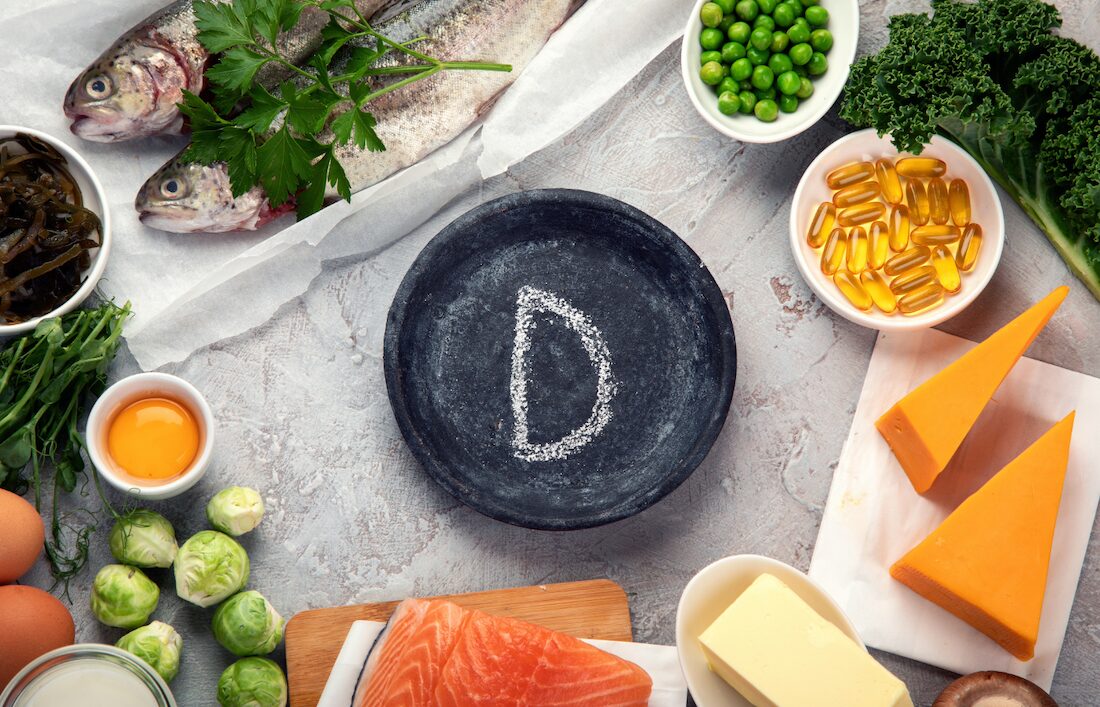
Dental health is often viewed through the lens of brushing, flossing, and routine dental check-ups. However, there’s a lesser-known but vital player in this arena: Vitamin D. This essential nutrient not only fortifies bones but also plays a crucial role in maintaining healthy teeth and gums, especially during critical periods like pregnancy and childhood.
The Vitamin D Connection
Vitamin D, often dubbed the “sunshine vitamin,” is synthesized in the skin upon exposure to sunlight. It’s also found in certain foods like fatty fish. Beyond its well-documented role in bone health, Vitamin D influences dental health through multiple pathways.
Pregnancy and Dental Health
During pregnancy, a woman’s body undergoes significant hormonal changes, impacting oral health. Pregnancy gingivitis, characterized by swollen, tender gums prone to bleeding, is a common condition. Left unaddressed, it can escalate to periodontitis, potentially jeopardizing both maternal and fetal health.
Research suggests a correlation between maternal Vitamin D status and the incidence of pregnancy-related dental issues. Adequate Vitamin D levels may mitigate inflammation and strengthen the periodontium, the tissues supporting teeth, reducing the risk of gingival problems.
Furthermore, maternal Vitamin D insufficiency has been associated with an increased likelihood of premature birth and low birth weight, which can have implications for the infant’s oral health development.
Early Childhood Dental Health
Children’s dental health lays the foundation for lifelong oral hygiene habits. Vitamin D plays a pivotal role in this developmental phase. Adequate Vitamin D levels during infancy and childhood are linked to stronger teeth and a lower risk of dental caries, commonly known as cavities.
Children deficient in Vitamin D may exhibit delayed tooth eruption and enamel defects, increasing susceptibility to tooth decay. Additionally, insufficient Vitamin D levels during tooth development may impair mineralization, compromising tooth structure and resilience.
Vitamin D and K2 for proper absorption
While Vitamin D facilitates calcium absorption, ensuring its incorporation into bones and teeth, Vitamin K2 directs calcium to where it’s needed most, namely the bones and teeth, while preventing its deposition in soft tissues like arteries and kidneys. This synergistic effect is pivotal in maintaining skeletal integrity and cardiovascular health. Research suggests that adequate Vitamin K2 levels may enhance the benefits of Vitamin D supplementation, particularly in optimizing bone mineral density and reducing the risk of arterial calcification. Incorporating Vitamin K2-rich foods such as fermented foods, certain cheeses, egg yolks, and leafy greens into the diet complements Vitamin D intake, fostering a harmonious balance that promotes overall health and well-being. By recognizing and harnessing the symbiotic relationship between these essential vitamins, individuals can maximize their potential for absorption and unlock the full spectrum of benefits for skeletal and cardiovascular health.
How to get Adequate Vitamin D and K2
Getting both Vitamin D and K2 naturally requires incorporating specific foods into your diet and optimizing exposure to sunlight. Here are some ways to naturally obtain these vital nutrients:
- Fatty fish like salmon, mackerel, and tuna are excellent sources of both Vitamin D and Vitamin K2. Aim to include these fish in your diet regularly to reap the benefits of these nutrients.
- Egg yolks are rich in Vitamin D and also contain small amounts of Vitamin K2. Adding eggs to your meals can contribute to your daily intake of both nutrients.
- Fermented foods like natto, a traditional Japanese dish made from fermented soybeans, are high in Vitamin K2. Incorporating natto or other fermented foods like sauerkraut and kimchi into your diet can help boost your Vitamin K2 levels.
- Some cheeses, particularly aged cheeses like Gouda and Edam, contain Vitamin K2. Enjoying moderate amounts of cheese as part of a balanced diet can provide a source of both Vitamin D and Vitamin K2.
- Sunlight Exposure, spending time outdoors during peak sunlight hours allows your skin to produce Vitamin D naturally. Aim for around 10-30 minutes of sun exposure to the face, arms, and legs, several times a week. Remember to practice sun safety by wearing sunscreen after the initial exposure period to prevent skin damage.
- Dark leafy greens such as kale, spinach, and Swiss chard are rich in Vitamin K1, which can be converted into Vitamin K2 in the body. Including a variety of leafy greens in your meals ensures you’re getting a good supply of Vitamin K.
Incorporating a diverse range of foods into your diet, along with regular sun exposure, can help you naturally obtain both Vitamin D and K2, supporting overall health and well-being. Remember to consult with a functional healthcare professional for personalized dietary recommendations based on your individual needs and health status.
Vitamin D emerges as a silent hero in the realm of dental health, exerting far-reaching influences from pregnancy to childhood. Its role in strengthening teeth, fortifying gums, and supporting overall oral health underscores the importance of prioritizing adequate intake during these critical stages of development.
CONTACT US